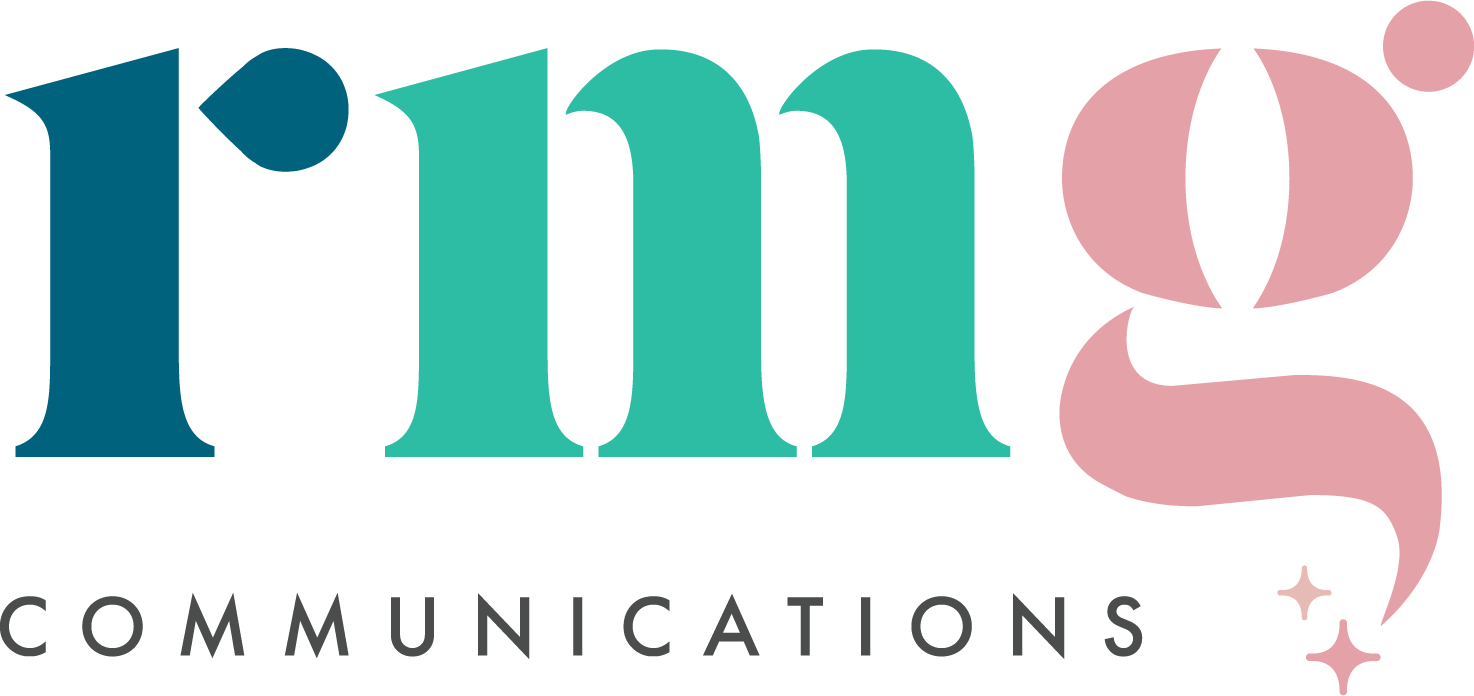Tackling Branding in a Cost-effective Way
By: Liselle DeGrave, APR, President of DeGrave Communications, and Rachel McGuire, MBA, APR, Founder/CEO of RMG Communications
Branding or rebranding an organization may seem overwhelming and cost-prohibitive, but the truth is it doesn’t have to be. Working with countless clients, including nonprofits and public-sector agencies, we have discovered that, surprisingly, many clients do not have formal brand guides or vectorized logos and are simply "winging it."
Due to a lack of internal resources or even management support, branding can often be a low priority. The good news is we have some tips for cost-effectively tackling branding.
Let's begin by explaining what a brand is. Many people think of a brand being simply a logo. Of course, an organization’s logo is important to its brand; however, a brand is much more than a logo. A brand is part of the overall feel and experience it has with an organization. Visuals are a key component of the user experience. Though, it’s important to consider your brand at every touch point with a stakeholder.
Sometimes a large-scale rebrand or branding effort is needed. Rebranding usually occurs if there is a change in leadership, new goods or services are offered, or organizations merge. There are times when a full branding overhaul is the only solution to a branding needed, and we don't want to discourage a rebranding effort, but it isn't always necessary or well received.
Suppose your organization is on a budget and needs a starting point for pulling together a cohesive brand. In that case, there are cost-effective ways to meet your goals following an "organic branding" process.
How to Tackle a Cost-effective Brand Refresh
Develop a branding guide for your organization
A brand guide allows your agency to come together in a unified look and feel before your customers, community and other key audiences. In your brand guide, you can create the exact colors and fonts and determine logo usage that will help build consistency among users in your organization.
This brand guide can also include other elements that maintain the integrity of your brand, such as photo, video and accessible guidelines, writing style guidelines and applications.
Brand guides can be created by your internal team, time and expertise permitting. Conversely, working with an outside agency specializing in creating these guides may be easier and faster.
Vectorize your logo
A vector logo is essentially a native file for your logo. The high-quality vector logos are editable and scalable and can be exported to other formats (such as JPG and PNGs. In addition, a vector will help you determine your brand's primary colors and ensure a professional consistency to the branded materials you create.a change in leadership, new goods or services are offered, or organizations merge. There are times when a full branding overhaul is the only solution to a branding needed, and we don't want to discourage a rebranding effort, but it isn't always necessary or well received.
Suppose your organization is on a budget and needs a starting point for pulling together a cohesive brand. In that case, there are cost-effective ways to meet your goals following an "organic branding" process.
info in the show notes casts a broader net of engagement and is more cost-effective.
Create branded templates
Creating branded templates that follow an organization's brand guide and correctly used logo will ensure that all users have consistent tools to represent the organization's brand properly. Templates for letterhead, signature lines, signage, memos, PPT and apparel can be included.
Notify all users of brand guidelines
A brand guide won't help if no one knows it exists. Instead, ensure staff is aware of the brand guidelines and how to use them. Also, require that all branded materials be approved by one central communications department or person. This main contact for approvals will avoid having a "creative employee" creating their adaptation of a branding item.
Decide on how you want to roll out your new brand guide
Throwing out existing letterhead or apparel the moment you roll out your new brand is costly and often unnecessary. Instead, consider phasing in your new brand to ensure you make the most of your agency's budget. This consideration is crucial if you are taking on a branding project for a public agency or nonprofit where project funds may come from taxpayers or donors.
Remember that refreshing a brand can be a step-by-step process that doesn’t have to happen overnight. Branding can follow the pace that makes sense for your organization based on needs, support and budget. Look for grant opportunities that may be available to help fund your branding efforts. It’s critical to make sure that you determine your ROI and leadership support on your branding investment before you get started.
For more information, listen to our latest episode on Pressing on in Public Relations.
Remember that refreshing a brand can be a step-by-step process that doesn’t have to happen overnight. Branding can follow the pace that makes sense for your organization based on needs, support and budget. Look for grant opportunities that may be available to help fund your branding efforts. It’s critical to make sure that you determine your ROI and leadership support on your branding investment before you get started.
For more information, listen to our latest episode on Pressing on in Public Relations.
Interested in learning more? Contact us!

